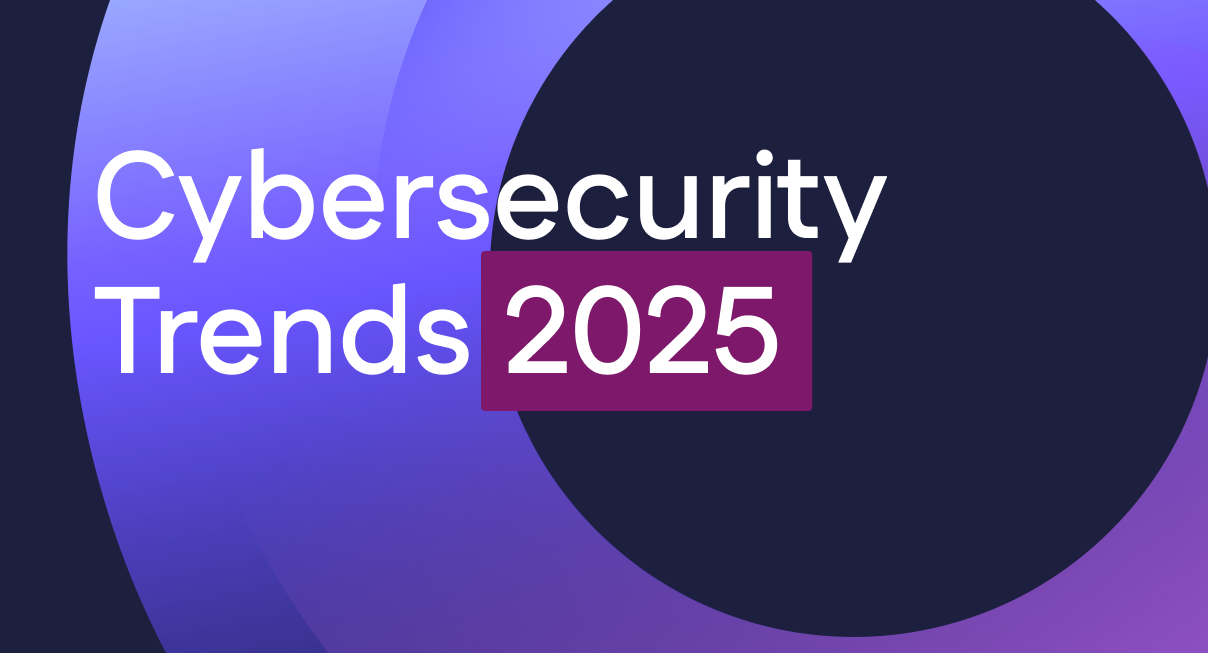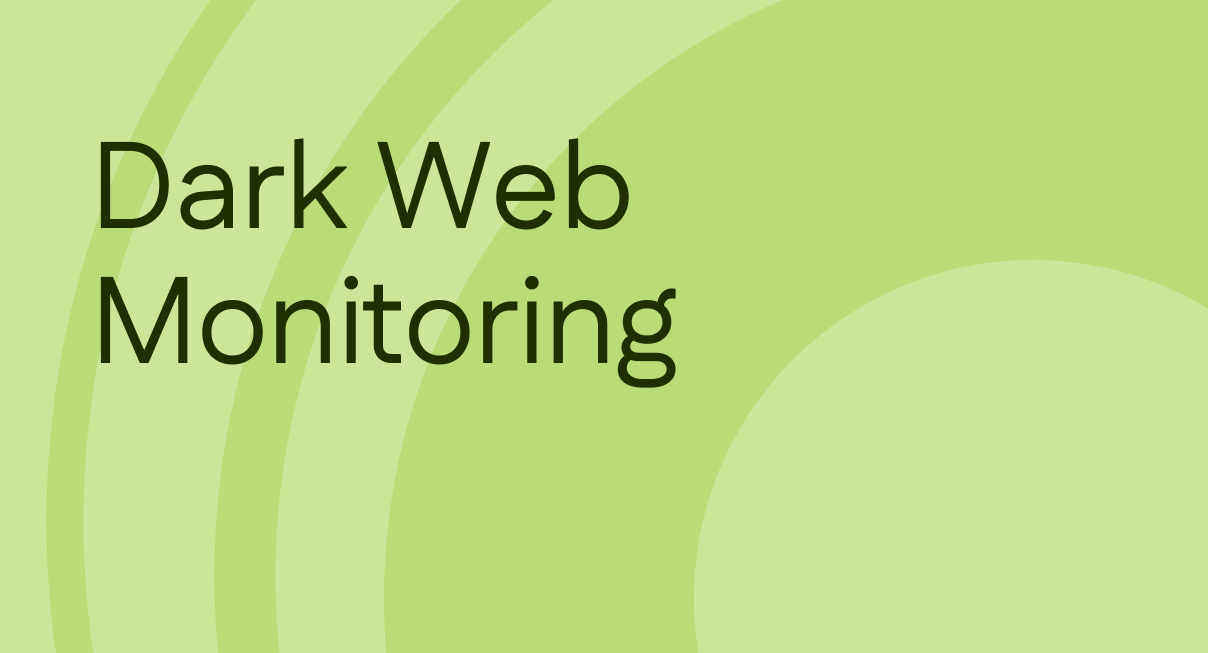Cybersecurity Trends and Emerging Threats in 2024
In an age defined by rapid digital transformation, the specter of cyber threats looms large over organizations worldwide. Recent statistics underscore the severity of the challenge: according to projections by Cybersecurity Ventures, the annual cost of cybercrime is set to soar to a staggering 9.5 trillion USD in 2024, and 10.5 trillion USD by 2025. This surge coincides with a significant shortage of cybersecurity professionals, with an estimated 3.5 million cybersecurity roles unfilled globally in 2024.

The cyber threat landscape is made more complex by the massive adoption of Generative AI over the past year. The groundbreaking technology and all of its offshoots are being leveraged by cyber defenders and criminals alike and it remains to be seen which side takes it farther and gets ahead faster.
In this post, we explore some cybersecurity trends this year – what has changed and what remains the same as we enter the second quarter of 2024.
The Rise of GenAI: Navigating Opportunities and Risks
The emergence of GenAI presents both new opportunities and challenges for cybersecurity practitioners. While these technologies will help bolster cyberdefense mechanisms, they will also enable cybercriminals to leverage AI-driven tactics for orchestrating sophisticated attacks. Consequently, organizations must strike a delicate balance between harnessing AI for defensive purposes and guarding against AI-enabled threats.
Promoting Cyber Awareness and Behavioral Change
In light of escalating cyber threats, with humans being the first line of defense against these threats, fostering a culture of cyber awareness and promoting behavioral change among employees is critical. Through targeted awareness campaigns and training initiatives, organizations can empower their workforce to recognize and respond to potential security threats effectively.
Building Cyber Resilience: Prioritizing the Basics
Even as cyber threats grow in complexity, building a strong cybersecurity foundation and resilience remains the most effective way to stay protected. Organizations must prioritize basic risk reduction practices such as vulnerability management, data classification and protection, secure configuration, and robust identity and access management. By shoring up these fundamental pillars of cybersecurity, organizations can bolster their ability to withstand and recover from cyber incidents.
Managing Supply Chain Risk: Establishing Clear Processes
The pervasive threat of supply chain attacks underscores the need for organizations to establish clear processes for managing vendor-related risk. By creating and following robust vendor management protocols, performing supply chain risk assessments, and routinely testing their processes for managing vendor risk, organizations can deal with incidents within their supply chain ecosystem more effectively.
Ransomware: Operators Shifting Their Focus to SMBs
Ransomware continues to be a big and evolving threat in 2024. While large enterprises have fortified their defenses and become better prepared to fend off ransomware attacks, cybercriminals have shifted their focus towards small and medium-sized businesses (SMBs). In 2023, ransomware payments shattered records, surpassing $1.1 billion, according to blockchain analysis firm Chainalysis. However, there’s a glimmer of hope: the number of victims paying ransoms appears to be decreasing. In the final quarter of 2023, only 29% of victims opted to pay the ransom, indicating a growing resilience and refusal to succumb to extortion demands. Despite this positive trend, the total amount paid continues to rise, driven by the sheer volume of attacks. This highlights the growing profitability of ransomware and serves as a powerful incentive for more cybercriminals to enter the illicit trade.
By 2031, global ransomware costs are expected to soar to $265 billion, with a ransomware attack occurring every two seconds. To meet the growing threat, SMBs need to fortify their defenses and adopt proactive measures to safeguard their data.
Smaller organizations must prioritize cybersecurity investments and resilience-building efforts. This includes implementing robust backup and recovery strategies, enhancing employee training and awareness programs, and investing in advanced threat detection and response capabilities. Moreover, collaboration and information-sharing within the cybersecurity community are essential to stay ahead of emerging threats and disrupt cybercriminal operations.
Harnessing Dark Web Monitoring: Unveiling Underground Threats
As cybercriminals operate with increasing sophistication and anonymity, the need for dark web monitoring is getting critical. Underground cybercriminal activity has become more organized and specialized, with even non-technical operators now able to access easy-to-deploy malware kits and hacking services to compromise targets. By monitoring underground forums and illicit marketplaces, organizations can proactively identify threats targeting their assets and infrastructure. Dark web monitoring empowers organizations to stay one step ahead of cyber adversaries, enabling timely threat detection and mitigation.
Data Classification and Protection: Safeguarding Sensitive Information
Data proliferation has already reached unprecedented levels, and global data storage across devices and computing environments is expected to cross 200 zettabytes by 2025. All countries are now strengthening their data privacy regulations and holding organizations accountable for protecting their customers’, service users’ and employees’ sensitive data. Organizations must prioritize data protection to prevent and minimize the effects of security breaches, remain compliant with data privacy regulations and earn customers’ trust. By classifying data based on its sensitivity and implementing robust encryption and access controls, organizations can mitigate the risk of data breaches and regulatory non-compliance. A proactive approach to data protection is essential in safeguarding customer, employee, and third-party data from potential compromise.
Enhanced Alignment Between Business and Cybersecurity Leadership
Amidst escalating cyber threats, the need for enhanced alignment between business executives and cybersecurity professionals has become increasingly apparent. Cyber leaders must have a direct line of communication to the board and the CEO, ensuring that cybersecurity considerations are integrated into strategic decision-making processes. By fostering greater collaboration and synergy between business and cybersecurity leadership, organizations can not only address emerging threats and mitigate cyber risks, but also pre-empt organizational risk and revenue losses due to potential cyber attacks.
The Role of Unified Risk Management: A Strategic Imperative
In the face of multifaceted cyber threats, the adoption of a unified platform for risk management emerges as a strategic imperative for organizations. By consolidating disparate security tools and processes into a single, integrated platform, organizations can gain comprehensive visibility into their cyber risk posture. A unified platform enables organizations to correlate security data across various threat vectors and sources, facilitating proactive threat detection and rapid incident response. Moreover, a consolidated approach helps control costs by eliminating the redundancies and inefficiencies associated with managing multiple security solutions.
Conclusion
In 2024, as in 2023, ransomware remains a big threat, the cybersecurity skills gap is still unaddressed, supply chain risk is getting more serious, and the rapid adoption of AI is introducing new attack vectors into the security landscape while also arming defenders with new defensive tools. Organizations must leverage the defense capabilities emerging from AI and think of creative ways to outsmart attackers. Policies, processes and a focus on the human element, too, can go a long way in bolstering defenses, as can the use of unified platforms as opposed to a multi-tool, multi-vendor approach. Integrated cybersecurity platforms are both more effective and more cost-efficient than using a whole host of disparate products. What’s more, they address almost all of the challenges that security and IT teams face today in meeting cybersecurity threats.
Latest updates
View allTurn risk and compliance into revenue
Get a Demo








